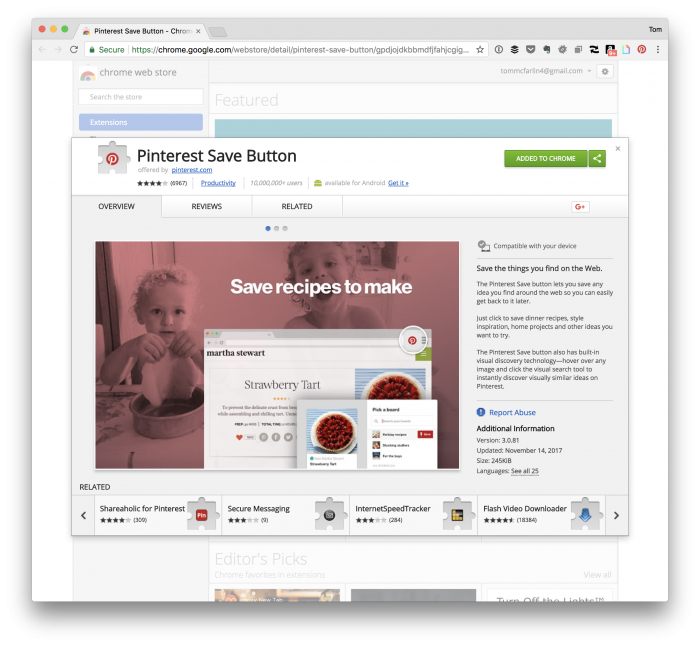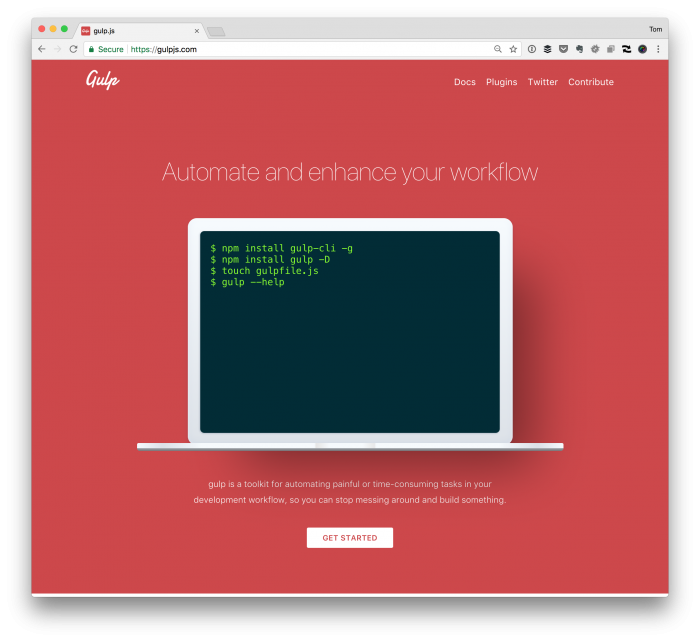You’d think in 2018 we’d have a standard way to do browser detection or that the majority of browsers would handle standard idiosyncracies around CSS properly.
But here we are, and it’s still not happening.
This means that when it comes to working with JavaScript, we still may have to do a bit of browser sniffing to determine which browser it is with which we’re working.
Don’t get me wrong: It’s not as bad as it used to be, but there are times in which I’ve recently encountered errors with Chrome and Firefox, specifically.



